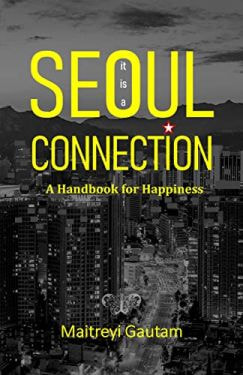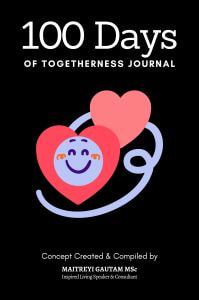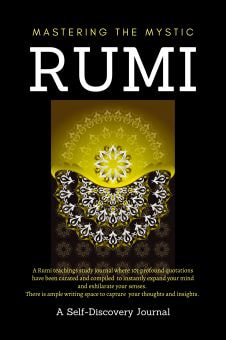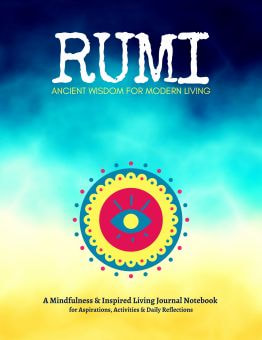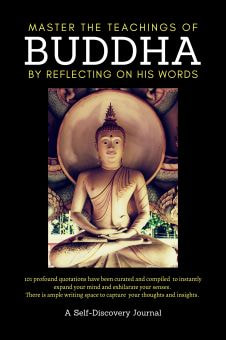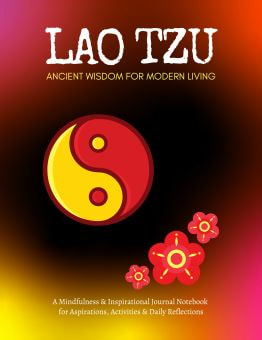Karmic regression, often related to past life regression, delves into the memories and experiences of an individual's supposed past lives. Through deep relaxation, meditation, or hypnosis, individuals are guided to uncover and explore past life narratives. The goal is to recognize patterns or traumas from these lifetimes that might influence present behaviors, relationships, or challenges.
Dream work involves the interpretation of dreams to gain insights into one's subconscious mind. Dreams can act as symbolic narratives that reflect our fears, desires, unresolved issues, and latent potentials. By analyzing and understanding dream symbolism, individuals can gain clarity about their current life circumstances and the inner workings of their psyche.
Connecting Karmic Regression and Dream Work
1. Unveiling Subconscious Patterns
Both karmic regression and dream work offer glimpses into the subconscious mind, revealing patterns and traumas. For instance, a recurring dream theme might mirror a pattern revealed in a past life regression session, emphasizing its significance and the need for resolution.
2. Healing Traumas
By recognizing traumas in dreams or past life memories, individuals can address these wounds consciously. This dual recognition provides a broader context and a deeper understanding, facilitating more profound healing.
3. Symbolism and Metaphor
Both practices are rife with symbolism. In karmic regression, one might encounter metaphorical situations or characters that represent current challenges. Similarly, dreams are often symbolic narratives. Recognizing and interpreting these symbols in both modalities can provide powerful insights.
4. Spiritual Insights
Karmic regression provides a spiritual perspective, emphasizing the soul's journey through various lifetimes. Dream work, especially in more profound, archetypal dreams, can also touch on spiritual themes. Integrating insights from both can enrich one's spiritual understanding and path.
5. Guidance and Direction
Both karmic regression and dream work can offer guidance. A past life memory might shed light on a current relationship or career choice, while a dream might hint at an unexplored potential or direction.
Integrating Karmic Regression and Dream Work
1. Journaling
Keeping a detailed journal of both past life memories and dreams can help in drawing connections between them. Patterns, symbols, or themes that recur in both can offer significant insights.
2. Visualization
Visualizing dream symbols or scenarios during a karmic regression session might lead to deeper understanding or even the unlocking of more past life memories.
3. Therapeutic Integration
Working with a therapist who is skilled in both modalities can be beneficial. They can guide the individual in drawing connections and deepening their understanding.
4. Meditation
Meditating on dream symbols or past life memories can lead to more profound insights and understanding. It can also facilitate emotional processing and healing.
Conclusion
While karmic regression and dream work are distinct practices, their integration can provide a comprehensive and rich exploration of the subconscious mind. This holistic approach can lead to profound personal growth, healing, and understanding, bridging the realms of the past, present, and the intricate world of dreams.



